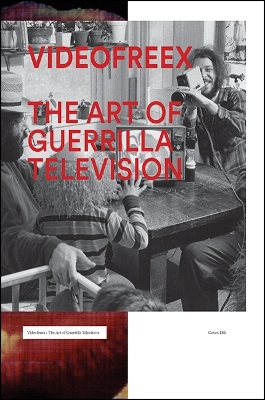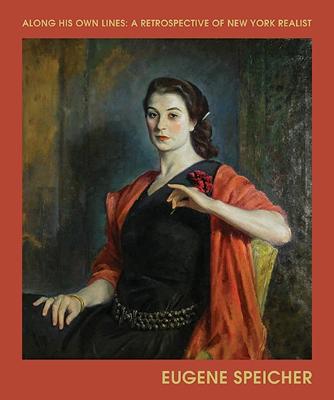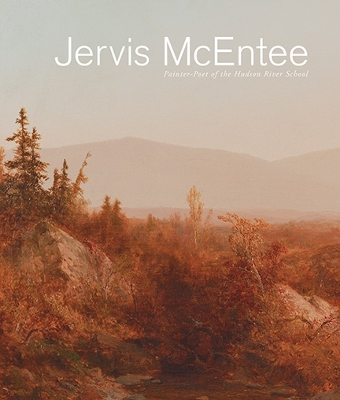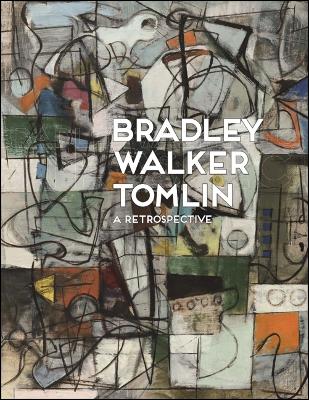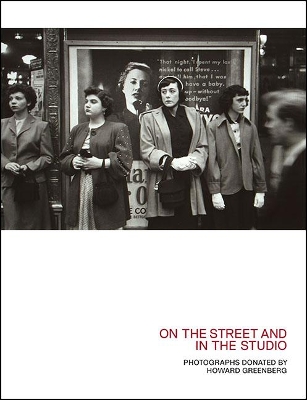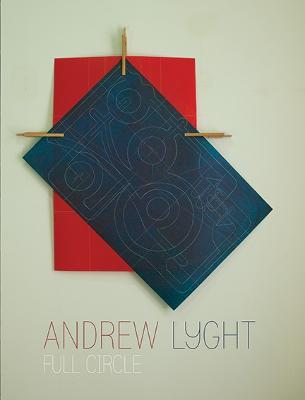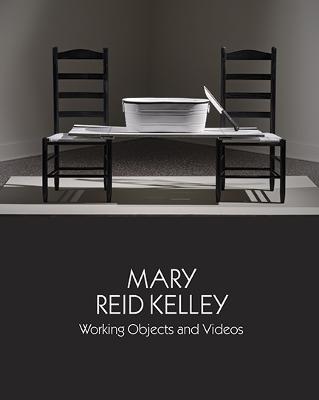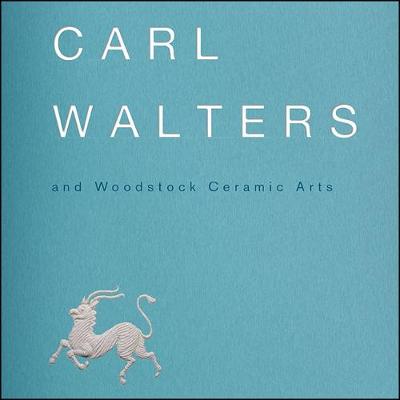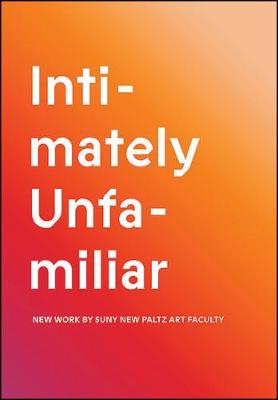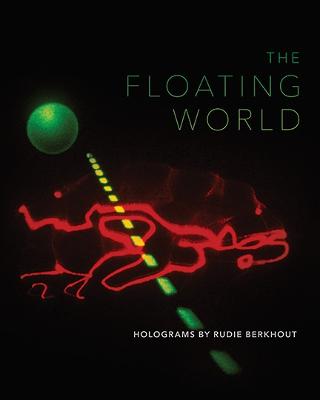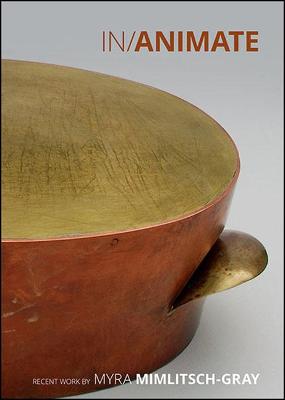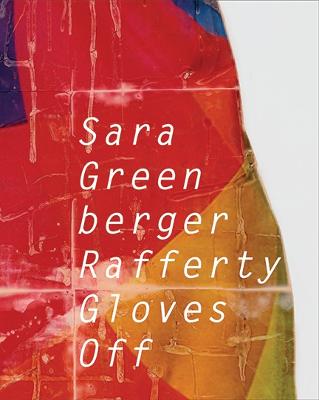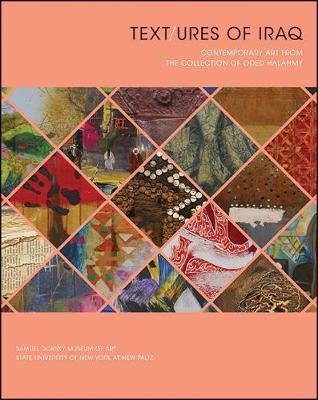Samuel Dorsky Museum of Art
14 total works
Videofreex
by Andrew Ingall, Daniel Belasco, Tom Colley, Tom Roe, Sara Pasti, and David Ross
Videofreex includes essays examining the historical and cultural scope and legacy of the Videofreex; essays surveying selected art installations by the Videofreex; notes on the videotape preservation of the Videofreex Archive; reflections on one of the author's work with Wave Farm, a contemporary Catskills-based media arts organization with a parallel history to the Videofreex; and essays by Videofreex founding members, reflecting on their collective contributions to art, technology, and community engagement.
Along His Own Lines
by Valerie Ann Leeds, Tom Volf, Daniel Belasco, and Sara Pasti
Jervis McEntee
by Lee A. Vedder, David P. Schuyler, Kerry Dean Carso, Sara J. Pasti, and Daniel Belasco
Bradley Walker Tomlin
by Daniel Belasco, Douglas Dreishpoon, Elizabeth Dunbar, Sara J. Pasti, Robert Phelps, Bradley Walker Tomlin, and Tom Volf
On the Street and in the Studio
by Daniel Belasco, Howard Greenberg, and Sara J. Pasti
Andrew Lyght
by L H Roper, Artemis A. Zenetou, Karwan Fatah-Black, Tumelo Mosaka, and Sara J. Pasti
Mary Reid Kelley
by Daniel Belasco, Corinna Ripps Schaming, Sara J. Pasti, and Janet Riker
The Floating World
by Daniel Belasco, Martina Mrongovius, Rudie Berkhout, and Sara J. Pasti
In/Animate
by Daniel Belasco, Akiko Busch, Myra Mimlitsch-Gray, and Sara J. Pasti
Sara Greenberger Rafferty
by Sara J. Pasti, Andrew Ingall, Corinna Ripps Schaming, and Jonathan Thomas
The book also features examples of modern Arabic and Hebrew calligraphy, including some variants of this form that evoke hurufiyah, an influential modern Arab variant of Lettrism that uses the swoops and curves of the Arabic alphabet as painterly gestures. From abstract collages constructed out of the remains of destroyed books to the Hebrew calligraphy seen in Halahmy's art, these works demonstrate the importance of the literary in Iraqi society, culture, and visual arts of the past and present day.
